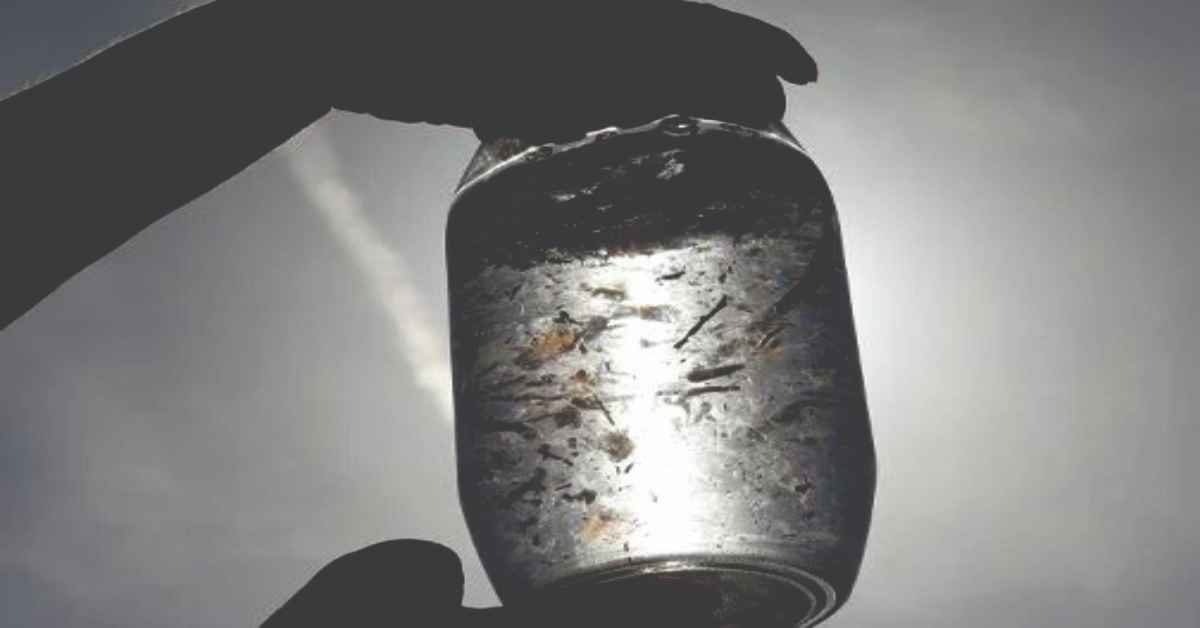Microplastics Found in 99% of Seafood Samples
Elise Granek, a microplastics researcher at Portland State University and co-author of the study, highlighted the growing issue:

A recent study has revealed widespread microplastic contamination in seafood, adding to concerns about their presence in food and potential health risks.
Researchers found microplastics in 99% of seafood samples, with 180 out of 182 tested specimens—sourced from stores and fishing boats in Oregon—showing contamination.
Shrimp had the highest levels, according to The Guardian.
The study identified textile fibers from clothing as the most common type of microplastic, making up 80% of the detected particles.
Elise Granek, a microplastics researcher at Portland State University and co-author of the study, highlighted the growing issue:
“As long as we use plastic on a large scale, we will continue to find it in our food.”
Microplastics have been detected in water samples worldwide, with food identified as a key exposure pathway. A separate study also found microplastics in all tested meat and produce products.
Toxic Chemicals in Microplastics
Microplastic pollution can carry any of over 16,000 plastic chemicals, including PFAS, bisphenol, and phthalates—substances linked to cancer, neurotoxicity, hormone disruption, and developmental toxicity.
These chemicals can cross the brain and placental barriers, and individuals with them in heart tissues face double the risk of heart attacks or strokes.
Researchers tested five fin fish species and pink shrimp, finding that microplastics can enter edible meat through gills or mouths.
Lingcod purchased from stores contained slightly more microplastics than those bought directly from fishing boats, likely due to processing.
Despite these findings, the study authors do not advise avoiding seafood, as microplastics are also prevalent in meat and produce.
However, rinsing food before consumption may help reduce exposure.
